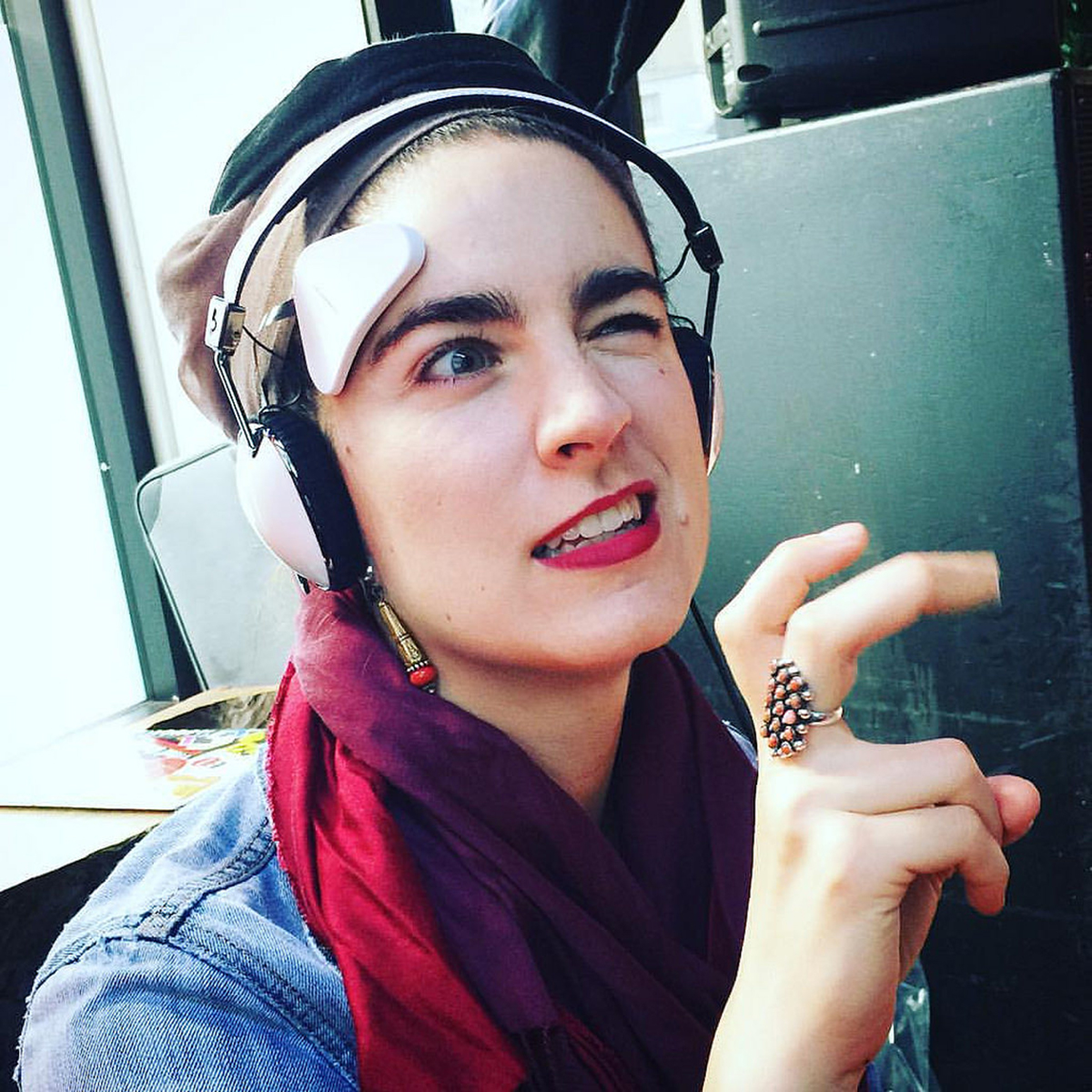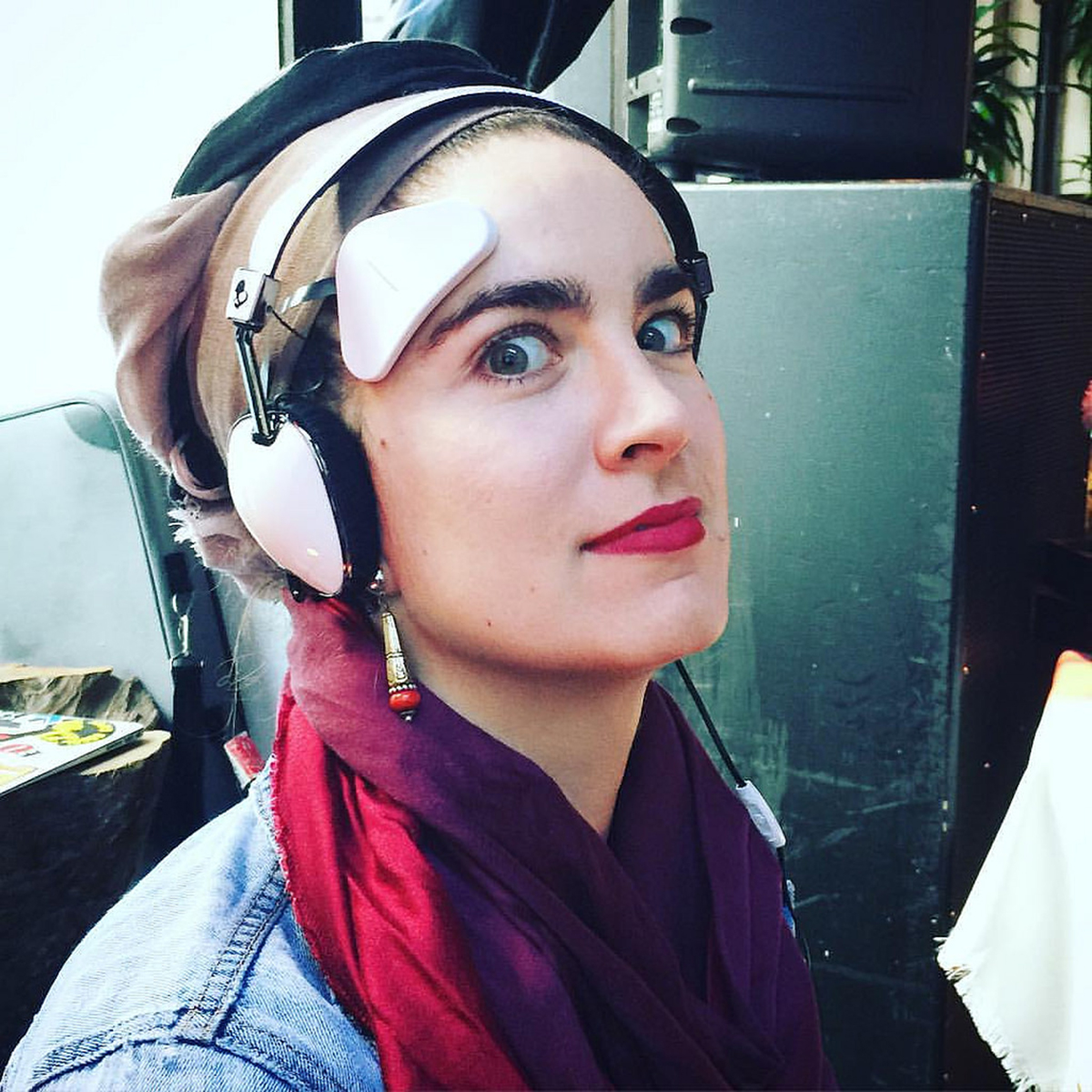In November of 2000 I attended an international congress on stress. Getting there was quite stressful.
The meeting was to be held for at a resort on the Kona coast of the Big Island of Hawaii, one of the most scenic, and remote, places on earth. I had to get up at 3 o'clock on a Sunday morning to get myself to the airport. Then I had to take a one-hour flight to get to the airport from which I would take an eight-hour flight to Honolulu, run through the airport, barely catch a flight to the Big Island, and then figure out transportation to the resort. It turned out that the resort had a car waiting for me without my having to ask for it, but no sooner after arriving at the hotel, despite sixteen hours of travel, did I have to change into dinner attire for the first meeting of the conference.

To my astonishment, the scientists at my table were calm, refreshed, and relaxed. While I had flown in from Texas, four time zones away, some of them had flown from Zurich and Paris, twelve time zones away. I thought, "They must have flown in first class," but it turned out they hadn't. What they had going for them that I did not was a transcutaneous magnetic "brain zapper." At the meeting I saw the device demonstrated several times.
Transcutaneous Pulsating Magnetic Therapy
The simple device the scientists brought with them was a headband fitted with pulsating magnets. These weren't like refrigerator magnets. They deliver magnetic pulses 120 times a minute. The magnets weren't especially strong. There was no danger of the flatware flying off the table and stabbing diners in the head. As I later found out for myself, there was essentially no sensation from the device other than the weight of the headband itself, although the effects were almost immediate.
The doctors and engineers at the conference had made a number of informal tests of the their magnets. One doctor based in Mexico City was using magnets to control cancer pain. A doctor in Switzerland had had considerable success in using the headband to treat insomnia that failed to respond to medication. The most dramatic application of the device was in treating Parkinson's disease. A man with uncontrollable tremors could move normally after just a few seconds of wearing the headband. Unfortunately, none of the devices was FDA approved and none of the doctors, even those who taught at medical schools in Chicago and New York, would even think of offering the treatment in the United States. However, the certification issues have been resolved.
READ 5 Anti Stress Relaxation Techniques
THYNC and Muse
Currently, there are a number of transcutaneous pulsating magnet devices for pain relief. These devices may be covered by insurance, but they are readily available with a doctor's prescription for $500 to $2000. There is also a wearable magnetic device called THYNC to stimulate your brain when you are fatigued or depressed, and there is a wearable EEG called Muse that reads your mind when you are depressed. These devices are available without a doctor's prescription for $199 to $299.
Chemical-Free, Drug-Free Management Of Stress, Depression, And Attention Deficit
The rationale for buying devices like THYNC and Muse is that they offer a chemical-free, pharmaceutical-free method of managing depression, stress, and attention deficit disorders (and, from what I've seen in their actual use, probably also tremors, Parkinson's disease, and memory disorders, although the FDA has not approved them for these uses). Most of us use various substances to change the way we feel. Caffeine, alcohol, in some cases sugar, melatonin, sleeping pills, energy drinks, marijuana, herbs, and thousands of prescription medications promise to change the way we feel. These devices offer a way to change how one feels without the need to turn to a physical substance.

THYNC and Muse consist of an app and a module that is worn on the head with a headband. The app uses Bluetooth from Apple, Google, and Samsung devices to send messages to the module, which in turn generates either magnetic fields or extremely mild electrical currents to activate parts of the brain to achieve a desired result. The makers of the products claim that the magnetic fields and electrical currents are so mild that they should not even be regulated as medical devices; so far the FDA has not intervened.
Muse, which is being developed by brain interface device maker InteraXon, makes it possible to hear the sound of your mind while you meditate. The app contains algorithm that can tell you whether your mind is in a state or your mind is wandering, displaying a reading on your iPhone or Android smartphone. It will then tell you to close your eyes and to imagine as many experiences or states of being as possible associated with each mental state. Then the app trains you to duplicate the state of consciousness associated with that category so you can control your mind during meditation and as you go about your day mindfully. The metaphor the designers of the app used for distraction is wind. When you wear the device for meditation session and you are not focused on your meditation, you hear gusts of wind. As you focus more and more on your meditation, you hear less and less wind.
Muse has been used at the Mayo Clinics, University of Toronto, and Harvard to measure the mental states of patients before and after surgeries.
READ Best Tips for Stress Management
No one knows for sure, currently, that these devices do not sometimes have a detrimental effect by stimulating one region of the brain without stimulating others. They may not be suitable for some people who have experienced brain injury or stroke, although they may be extremely helpful for others who have had brain injuries or strokes. Because they generate such small amounts of energy, however, chances are that there is no detrimental side effect for any group of users. They may not work for everyone, but for people who do not have brain injury, they are reportedly remarkably effective.
- Ariana Eunjung Cha.To Your Health: Brain-zapping gadgets promise to make you a better you — smarter, stronger, even happier. Washington Post. 29 March 2016.
- Photo courtesy of sfslim: www.flickr.com/photos/sfslim/23285644425/
- Photo courtesy of sfslim: www.flickr.com/photos/sfslim/23177224722/
- Photo courtesy of sfslim: www.flickr.com/photos/sfslim/23177224722/


Your thoughts on this